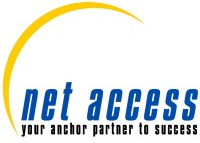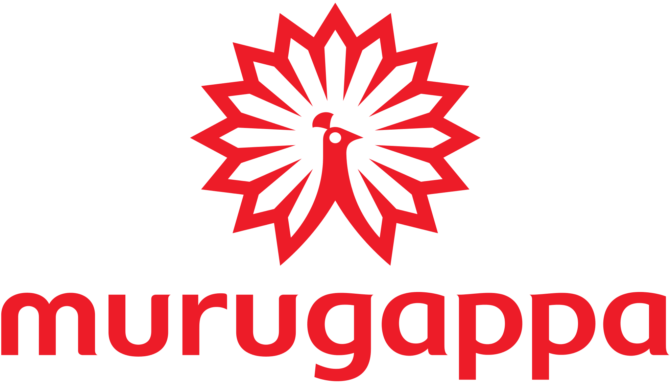
MDM vs. EMM: Navigating the Landscape of Mobile Device Management Solutions
In the ever-evolving landscape of mobile technology, managing and securing devices within an organization has become paramount. Two prominent solutions in this domain are Mobile Device Management (MDM) and Enterprise Mobility Management (EMM). While these terms are often used interchangeably, they represent distinct approaches to address the challenges associated with mobile device security and management. This blog aims to unravel the differences between MDM and EMM, offering insights to help organizations make informed decisions when selecting the right solution for their specific needs.
Understanding MDM and EMM: A Primer
Mobile Device Management (MDM):
MDM is a comprehensive approach to managing and securing mobile devices within an organization. It focuses primarily on device-level controls, allowing IT administrators to enforce policies, configure settings, and ensure compliance. MDM solutions are instrumental in safeguarding sensitive corporate data and mitigating risks associated with device misuse or loss.
Enterprise Mobility Management (EMM):
EMM, on the other hand, extends beyond the scope of MDM by encompassing a broader set of tools and strategies. EMM integrates not only device management but also application management, content management, and identity management. It provides a holistic framework to address the complexities of managing the entire mobile ecosystem within an enterprise.
Key Differences Between MDM and EMM:
Scope of Management:
– MDM: Primarily focuses on the management and control of mobile devices, overseeing configurations, security policies, and device compliance.
– EMM: Encompasses a broader scope, including not only devices but also applications, content, and user identities. It provides a more comprehensive approach to mobility management.
Application Management:
– MDM: Offers limited control over applications, typically focusing on the installation and removal of corporate apps.
– EMM: Provides advanced application management features, such as application distribution, updates, and security controls. It ensures a more granular level of control over the entire application lifecycle.
Content Management:
– MDM: Manages device-level content restrictions and security measures, ensuring the protection of corporate data stored on devices.
– EMM: Extends content management to a centralized platform, enabling secure access, distribution, and collaboration on corporate content across various devices.
Identity Management:
– MDM: Typically handles device-level authentication and access controls.
– EMM: Integrates identity management solutions to ensure secure user authentication, access to resources, and Single Sign-On (SSO) capabilities.
User Experience:
– MDM: Primarily concerned with device security, potentially leading to a more restrictive user experience.
– EMM: Prioritizes a seamless user experience by incorporating advanced features for secure access to applications, content, and services.
Choosing the Right Solution for Your Organization:
Assessing Organizational Needs:
– Evaluate the specific requirements of your organization, considering factors such as the number of devices, the level of control needed, and the nature of corporate data.
Compliance and Security Considerations:
– If your primary concern is ensuring regulatory compliance and robust security controls at the device level, MDM might be a suitable choice.
– For organizations requiring a more comprehensive approach that extends to application security, content protection, and user identity management, EMM is a preferred solution.
Scalability:
– Consider the scalability requirements of your organization. If you anticipate a rapid increase in the number and diversity of mobile devices, EMM’s broader scope might provide a more scalable solution.
User Experience Goals:
– Factor in the desired user experience. If providing a seamless and user-friendly mobile experience is a priority, EMM’s emphasis on comprehensive mobility management may align better with your goals.
Conclusion: Striking the Right Balance
In the dynamic landscape of mobile device management, the choice between MDM and EMM hinges on the specific needs and priorities of each organization. While MDM offers a robust solution for device-centric controls, EMM provides a holistic approach that extends to applications, content, and user identities. Striking the right balance involves a careful evaluation of organizational requirements, compliance considerations, scalability needs, and user experience goals. By understanding the nuances between MDM and EMM, organizations can navigate the mobile management landscape effectively and choose the solution that aligns with their unique objectives and challenges.
Reach out to Net Access immediately to discover how we can assist your organization’s mobile device management requirements and propel success in today’s ever-evolving business landscape.

